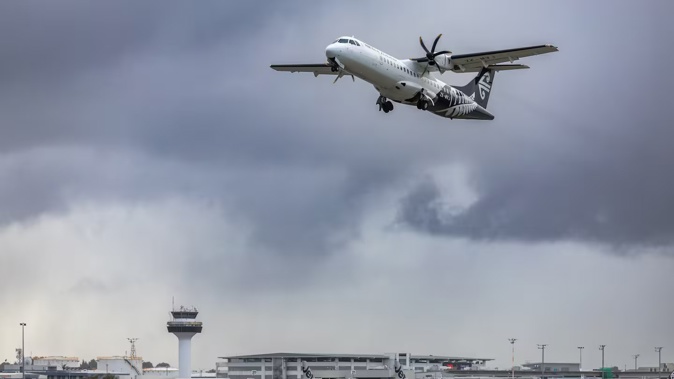
Smaller airlines could fill the void left by Air New Zealand as it cuts its domestic schedule, with the airline “unwittingly” opening itself up to more competition, an expert says.
Air New Zealand says some services aren’t economically viable and an aircraft shortage has exacerbated problems for the airline. The airline says it has continued discussions with Air Chathams about ways of serving the regions.
“Regional connectivity is important in a country like New Zealand. We know this and do our best to serve communities around the motu,” said domestic general manager Scott Carr.
“Smaller airline operators also play a critical role and do an excellent job, especially where smaller aircraft make more sense. Increasing costs and supply chain challenges are impacting all airlines operating regionally. Between us, we’re all motivated to provide the best service possible,” he said.
Before the pandemic, Air Chathams came close to an interline agreement with Air New Zealand, which would make booking between the two easier.
Air Chathams chief operating officer Duane Emeny said his airline was ready to help where it could.
Air New Zealand is making changes to four domestic routes and reducing capacity to three of them, affecting Invercargill, Queenstown, Christchurch, Wellington, Dunedin, Blenheim and New Plymouth.
Emeny said all domestic operators were finding it tough during the economic slowdown, including Air New Zealand.
“They’re drinking from the firehose like the rest of us.”
Eagle Aviation Consulting managing director Simon Russell said airline economics and engine challenges were understandable for Air New Zealand.
However, once exited, these routes just don’t come back for the national airline.
“Think Oamaru, Masterton, Wānaka, Kaitāia, Te Anau, Milford Sound, etc. Some of our tourist hotspots have sealed runways but no regular air service to main centres.”
Exiting smaller routes further marginalises regional New Zealand for both locals and tourists wanting air service, said Russell.
“The national airline is, possibly unwittingly, opening up itself to new regional airline competition.”
Aviation is on the edge of smaller turboprop, environmentally-friendly aircraft variants in the 19- to 30-seater category with hydrogen propulsion, or hybrid electric.
These aircraft will enter service in the next two to three years.
“This size of aircraft fits a regional frequency model which the national airline will struggle to compete in terms of current seat configurations in the airline’s fleet.”
Air New Zealand appears to be gradually moving towards larger, 72-seater aircraft, which are airport “hub-centric”, as the smallest in its fleet (once the Q300 50-seaters are retired soon).
“This will create a vacuum, and market opportunity for 19- to 50-seater competitors. New air service competition is something the regions will likely welcome, with potential for higher-frequency, non-stop daily flights, and possible double daily services to regional NZ,” said Russell.
NZ Airports chief executive Billie Moore said Air NZ’s cutbacks will have a significant impact on travellers. Removing the ability to complete single day business trips will reduce passenger volumes and make it more difficult for businesses based in regional centres.
‘‘We understand the position Air New Zealand is in with the turboprop fleet – it is a complex problem not of the airline’s making - but it needs to be resolved as quickly as possible to provide certainty for regional communities,’' she said.
‘‘The fact that we are so dependent on Air New Zealand’s connectivity shows the vulnerability we have with a monopoly provider and why attracting more airlines is important for the long term health of our domestic network.’'
It is notable that the changes made, forcing travellers onto slower, less convenient trips and often forcing overnight stays, are only happening on routes where Air New Zealand does not face any competitive pressure, said Moore.
Grant Bradley has been working at the Herald since 1993. He is the Business Herald’s deputy editor and covers aviation and tourism.
Take your Radio, Podcasts and Music with you









